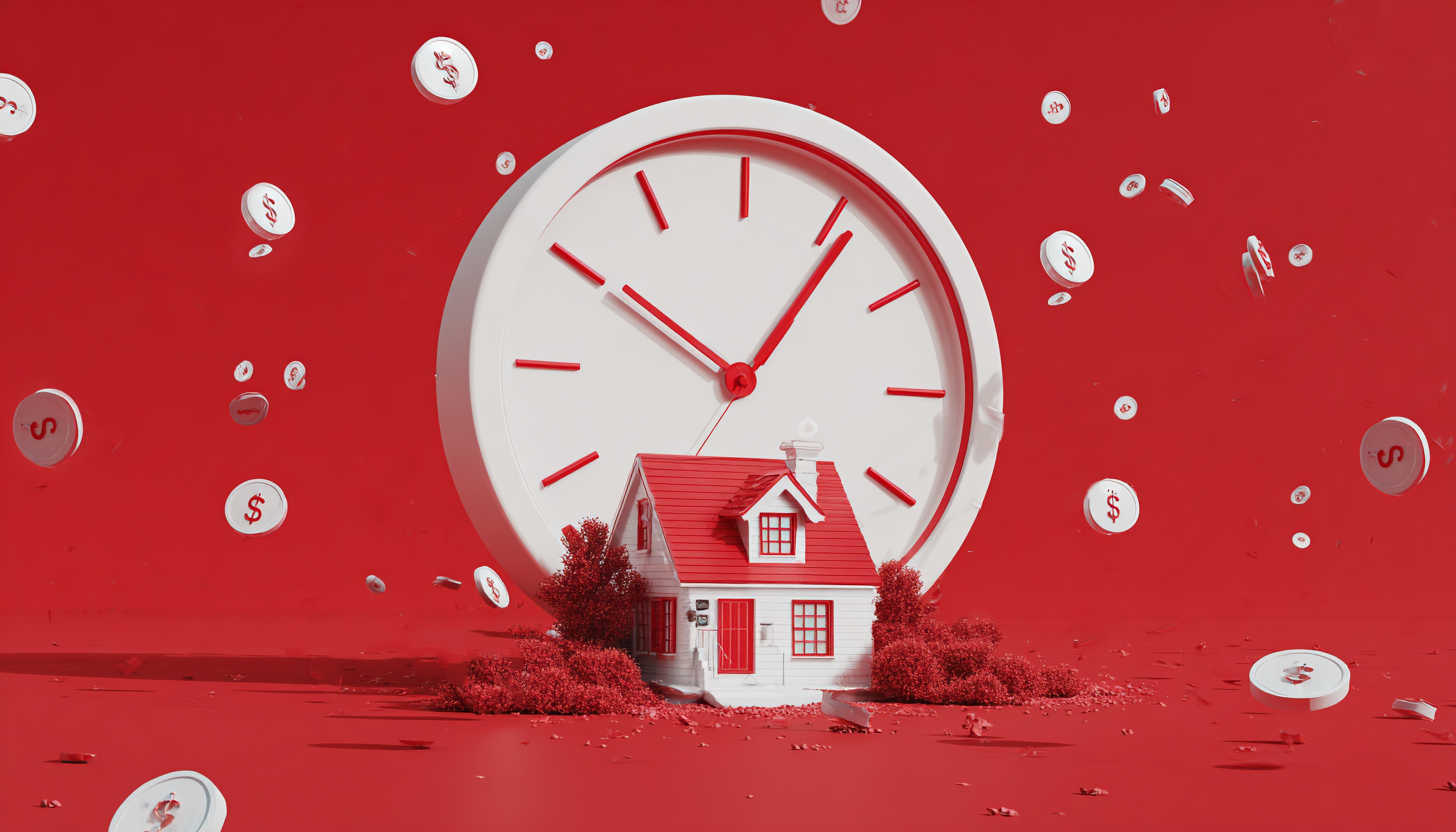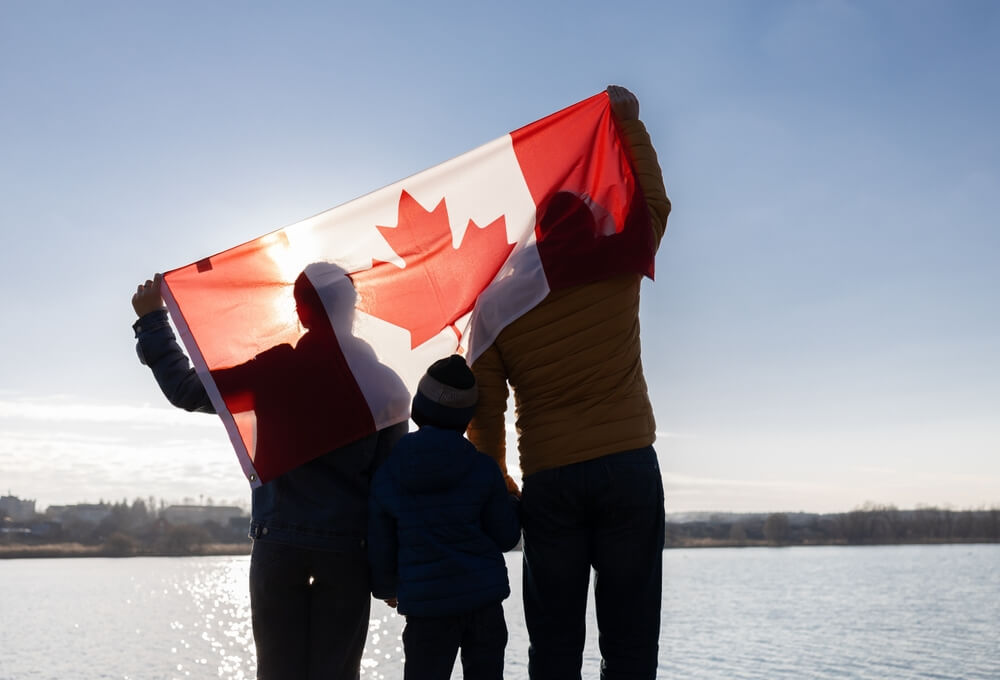
If you are not redirected within 30 seconds, please click here to continue.
Samedi: 10h – 16h HAE

If you are not redirected within 30 seconds, please click here to continue.
If you are not redirected within 30 seconds, please click here to continue.
How I Used RSPs To Buy A Home

The Canada Revenue Agency's Home Buyers' Plan (HBP) allows first-time homebuyers to borrow up to $25,000 from their RRSP savings to help pay for their first home purchase. It was also a tactic used by MoneyWise writer Rubina when purchasing her current home. Read on for her story.
When my husband and I bought our first home together in 2009, we wanted to make sure we had a 20% down payment in order to avoid Canada mortgage and housing corporation (CMHC) insurance. It also made us feel better knowing we were starting homeownership with a substantial amount of equity in our home. The house we fell in love with was over our budget, so that meant scrambling to find the extra money to put down. We turned to the Home Buyers' Plan, which allows you to use your already-saved registered retirement savings plans (RRSP) money to fund the purchase of a house. Since this was my husband’s first home purchase, we decided at the time to take $15,000 out of my husband’s RRSP that we would then add to our down payment. Here’s what we learned from making that decision.
It’s a Long Term Commitment
Since taking money out of the plan, we’ve been paying $1,000 back a year, which is the minimum payment required annually from us - you must pay at least 1 / 15 of what you originally borrowed. If you don’t repay the amount due each year, it will be included in your income for that year, meaning it will be taxed. Generally, you have to repay all withdrawals to your RRSPs within a period of no more than 15 years.
While you can choose to pay more than the minimum, we decided there’s no benefit from overpaying - instead, we can use any extra funds to contribute to my husband’s RRSP, which from a tax perspective makes more sense. But for 15 years, we have to make sure the money for the HBP is paid in full.
We Didn’t Both Have to be First-Time Home Buyers
I had already been a first-time home buyer and therefore did not qualify to take advantage of the HBP. But my husband was a first-time homebuyer. As stated on the CRA website, the HBP is a program that allows a person to withdraw funds from RRSPs to buy or build a qualifying home for yourself or for a related person with a disability. At first, we thought we would not qualify, but we were happy to hear my home purchase did not disqualify my husband from qualifying for the HBP.
You Don’t Have to Take the Entire Amount
While the HBP allows you to withdraw up to $25,000, we only withdrew what we needed. The temptation to take advantage of the entire $25,000 was there, but we knew the money would be better invested by staying inside the RRSP. If you’re thinking of using money saved in your RRSP, in most cases it’s better to keep as much money invested as possible in your retirement savings to take advantage of compound interest. It was a good decision as our investments have outperformed any gains we have seen in our home value.
Still Not Sure It Was the Right Decision
By taking money out of retirement savings to fund the purchase of a home, I broke my own rule: my advice to Canadians has always been to save 10% of your after-tax income for retirement. That money cannot be used for anything else, like renovations, a new car or your child’s education. So I didn’t follow my own advice. My husband and I are disciplined enough to know we can’t rely on our retirement savings to fund our life, but it does take away from the real purpose of starting your retirement plan early. My advice that I wish I had taken myself, was to wait a few months to make up for the shortfall we had in the down payment, or borrow from another source and pay it back much more aggressively than $1000 a year.
The HBP is a great tool and can help ease the financial burden of homeownership, but it sends the wrong message that your retirement saving can be used before you retire and that in my opinion is not right.
Would you use the Home Buyers' Plan to fund your home purchase? Let us know in a comment.
Get money-saving tips in your inbox.
Stay on top of personal finance tips from our money experts!








